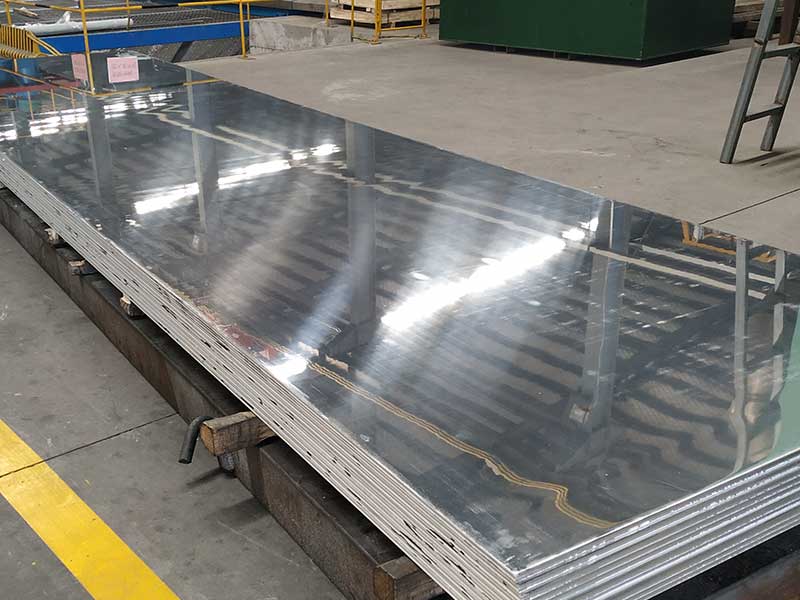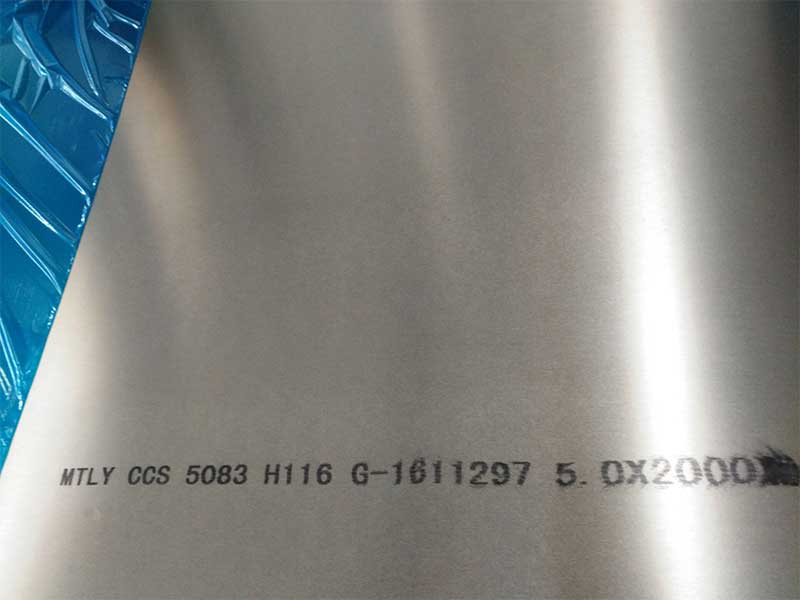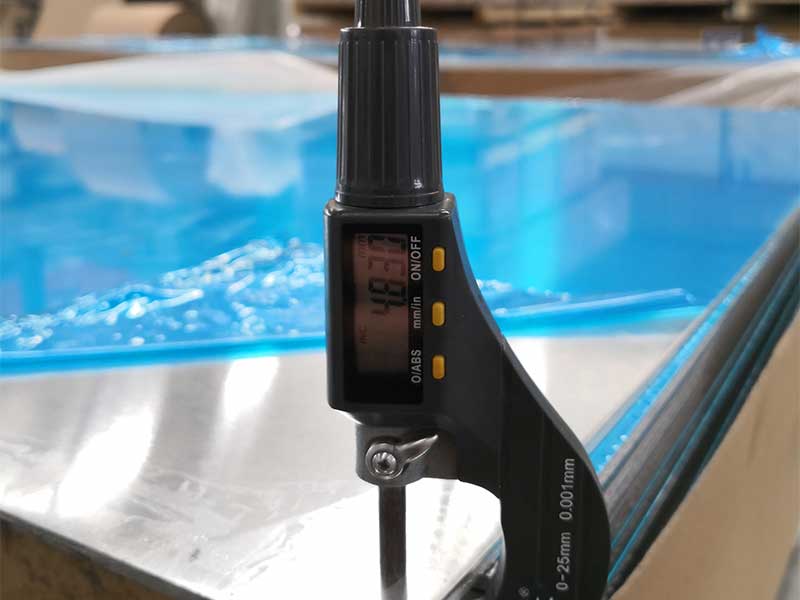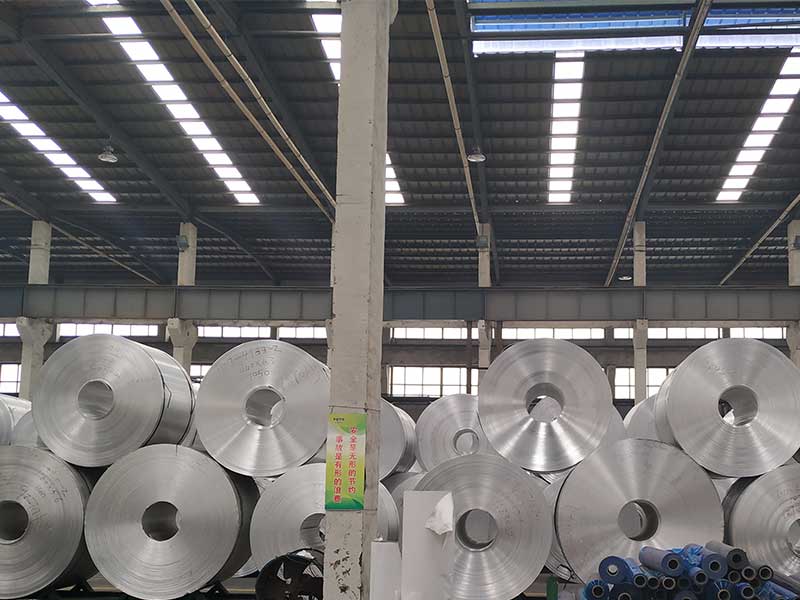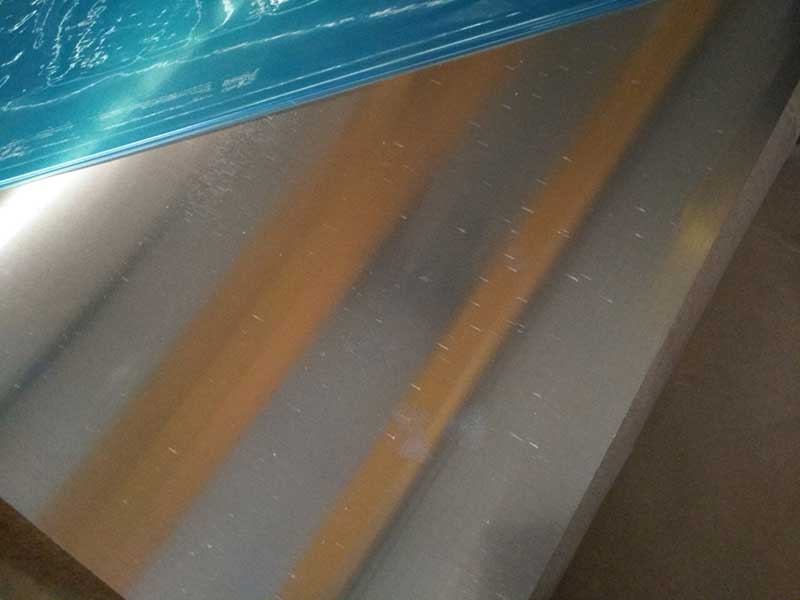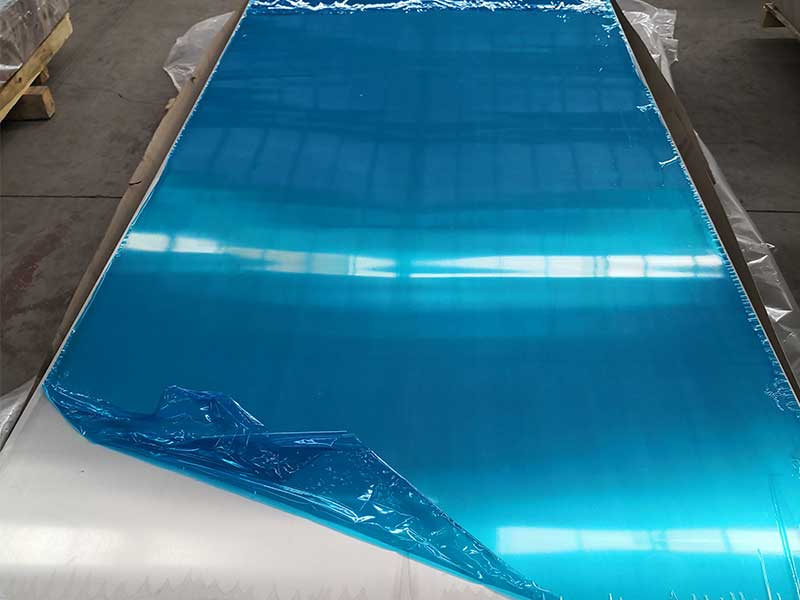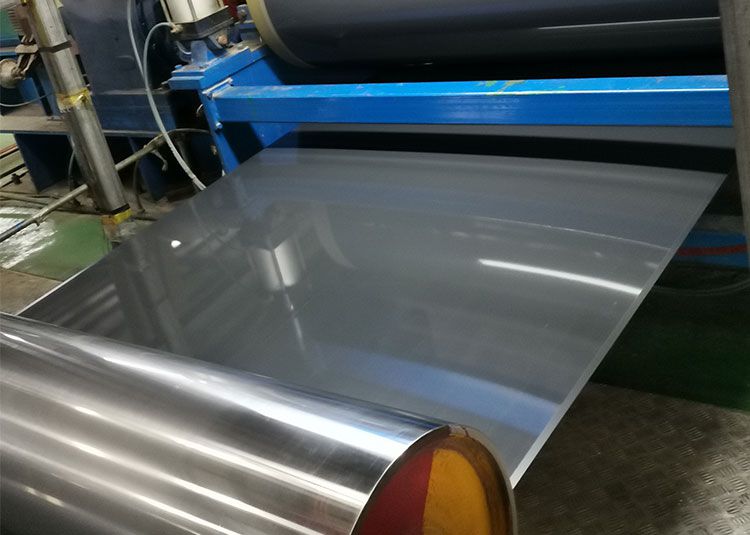Aluminum sheets have become the backbone of modern manufacturing, prized for their versatility, lightweight nature, and mechanical properties. Among the numerous alloys and tempers available, the 5052, 5005, 5754, and 5083 grades combined with H32 and H34 tempers is know for their exceptional durability and application versatility.
Why These Alloys? the Basics
The 5000 series aluminum alloys—specifically 5005, 5052, 5754, and 5083—are magnesium-aluminum alloys. Magnesium is the principal alloying element that imparts corrosion resistance and good mechanical strength, making these alloys ideal for applications requiring durability in harsh environments such as marine, automotive, and architectural sectors.
- 5005: Often used as an architectural sheet. It's highly suited for anodizing with excellent corrosion resistance.
- 5052: Known for its functional balance of corrosion resistance, malleability, and strength.
- 5754: Offers enhanced strength and fatigue resistance relative to 5005 and 5052, ideal for structural applications.
- 5083: A marine-grade aluminum alloy prized for its exceptional strength and corrosion resistance under extreme environments.
Tempering Explained: What Do H32 and H34 Mean?
Prefix H in aluminum alloys refers to strain hardening or work hardening conditions of the material.
H32: Represents the product that has been strain hardened to a degree (typically half hard) and follows with stabilizing or stress-relief treatments. Mechanical properties are balanced with good ductility; sheets are quite formable but retain extra strength for load-bearing purposes.
H34: Also a strain-hardened tempered sheet but with a slightly higher degree of hardness than H32, offering stiffer and stronger properties at the cost of slightly reduced formability.
The selection between H32 and H34 depends on the balance of strength versus ease of forming required by the final product fabrication.
Chemical Composition: What Makes These Alloys Special?
These aluminum grades share their magnesium-rich chemistries with subtle variations influencing strength and corrosion resistance.
| Alloy | Mg (%) | Si (%) | Fe (%) | Cu (%) | Mn (%) | Cr (%) | Zn (%) | Ti (%) | Al (Remainder) |
|---|---|---|---|---|---|---|---|---|---|
| 5005 | 0.5-1.1 | ≤0.3 | ≤0.7 | ≤0.1 | ≤0.2 | 0.1-0.3 | ≤0.1 | ≤0.1 | Balance |
| 5052 | 2.2-2.8 | ≤0.25 | ≤0.4 | ≤0.1 | ≤0.1 | 0.15-0.35 | ≤0.1 | ≤0.15 | Balance |
| 5754 | 3.0-4.0 | ≤0.3 | ≤0.5 | ≤0.1 | 0.4-1.0 | 0.15-0.35 | ≤0.2 | ≤0.2 | Balance |
| 5083 | 4.0-4.9 | ≤0.4 | ≤0.4 | ≤0.1 | 0.4-1.0 | 0.05-0.25 | ≤0.25 | ≤0.15 | Balance |
Implementation Standards and Quality Benchmarks
These aluminum sheets adhere to international standards ensuring material consistency and performance efficiency:
- ASTM B209: Standard specification for aluminum and aluminum-alloy sheet and plate.
- EN 485-2: European standard for aluminum sheets and strips for general engineering applications.
- ISO 6361: Standards relating to aluminum and aluminum alloys products in sheet, strip, and plate forms.
Manufacturers conducting precision annealing, gauge tolerance adherence, and well-documented test certificates ensure uniform quality conforming to these global benchmarks.
Mechanical Properties Parameters
| Alloy-Temper | Ultimate Tensile Strength (MPa) | Yield Strength (0.2% Offset) (MPa) | Elongation (%) | Hardness (HB) |
|---|---|---|---|---|
| 5005 H32 | 125-205 | 50-135 | 8-12 | 60-75 |
| 5052 H32 | 210-260 | 120-180 | 8-12 | 75-95 |
| 5754 H32 | 215-270 | 140-195 | 10-15 | 85-105 |
| 5083 H32 | 275-350 | 140-230 | 12-18 | 95-120 |
| 5052 H34 | 220-275 | 130-190 | 7-10 | 80-100 |
| 5754 H34 | 230-285 | 145-210 | 8-12 | 90-110 |
Real-World Applications: Where and Why You Should Choose Them
- 5005 is popular in architectural design due to its bright, anodizable surface plus mid-level strength making it suitable for decorative paneling and sheets.
- 5052 is the workhorse for marine components like fuel tanks, pressure vessels, and fish farming cages for its resistance against saltwater corrosion.
- 5754 finds applications in transportation industries such as truck fuel tanks, and automotive body panels where a compromise between strength and formability is crucial.
- 5083 is tailored for highly corrosive and challenging conditions such as marine hulls, armor plating, LNG tankers, given its outstanding strength and corrosion resistance.


